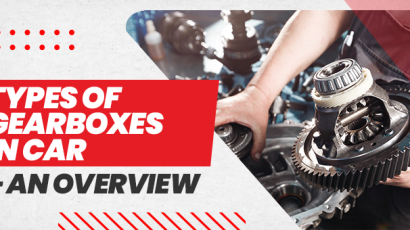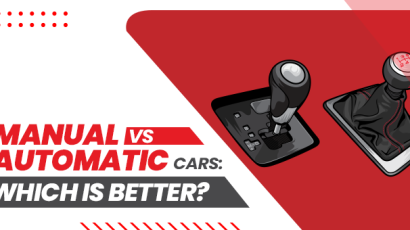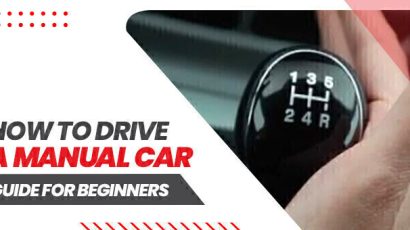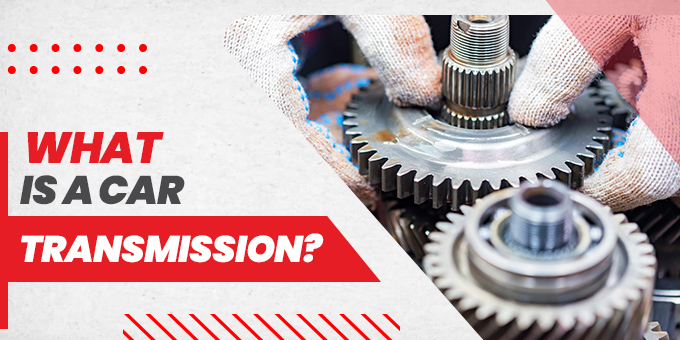
When it comes to understanding how a car functions, one component that plays a crucial role is the car transmission. Car transmissions, usually referred to as gearboxes, are what allow a vehicle to move forward or backward by transferring power from the engine to the wheels.
In this article, we will delve into the intricacies of car transmissions, their types, and their significance in the overall functioning of an automobile.
Types of Car Transmissions
Manual Transmissions
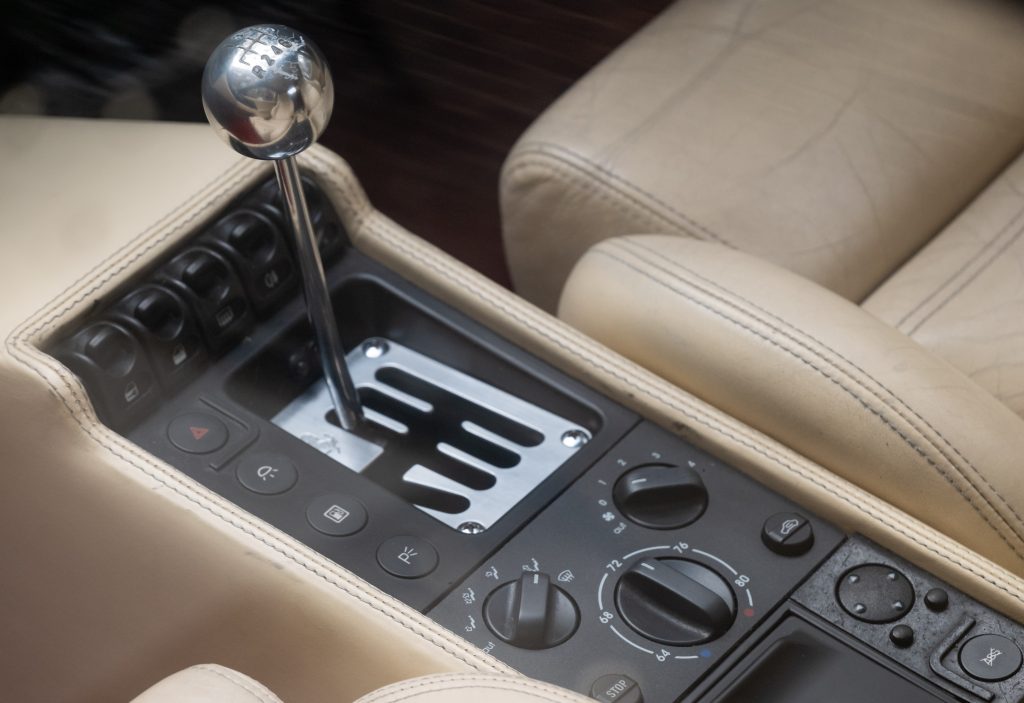
One of the most common types of car transmissions is the manual transmission. This type of gearbox, sometimes referred to as a conventional transmission or a “stick shift,” necessitates manual gearshifting by the driver utilizing the clutch pedal and a gearshift.
The manual transmission offers a higher level of control and allows drivers to tailor their driving experience according to their preferences. It is often favored by car enthusiasts who enjoy the engagement and precision it offers.
The transmission system consists of several key components, including the clutch, input shaft, output shaft, and gears.
Clutch: The clutch joins and detaches the engine from the gearbox. The driver can change gears by pressing the clutch pedal, which disengages the engine from the transmission. The engine and transmission are progressively engaged when the clutch foot is let off.
Input Shaft: The input shaft connects to the engine’s crankshaft and receives power from the engine. It transmits the rotational force to the gears inside the transmission.
Gears: The transmission contains a set of gears with different sizes and tooth counts. These gears mesh together and transfer power from the input shaft to the output shaft.
Output Shaft: The output shaft is connected to the wheels and transmits power from the gears to propel the vehicle. The selected gear ratio determines the speed and torque applied to the wheels.
By engaging different gears through the gear shift, the driver can adjust the gear ratio and optimize the engine’s power delivery based on driving conditions.
Purchase your manual transmission car from SBT Japan and enjoy top-notch quality service.
Automatic Transmissions
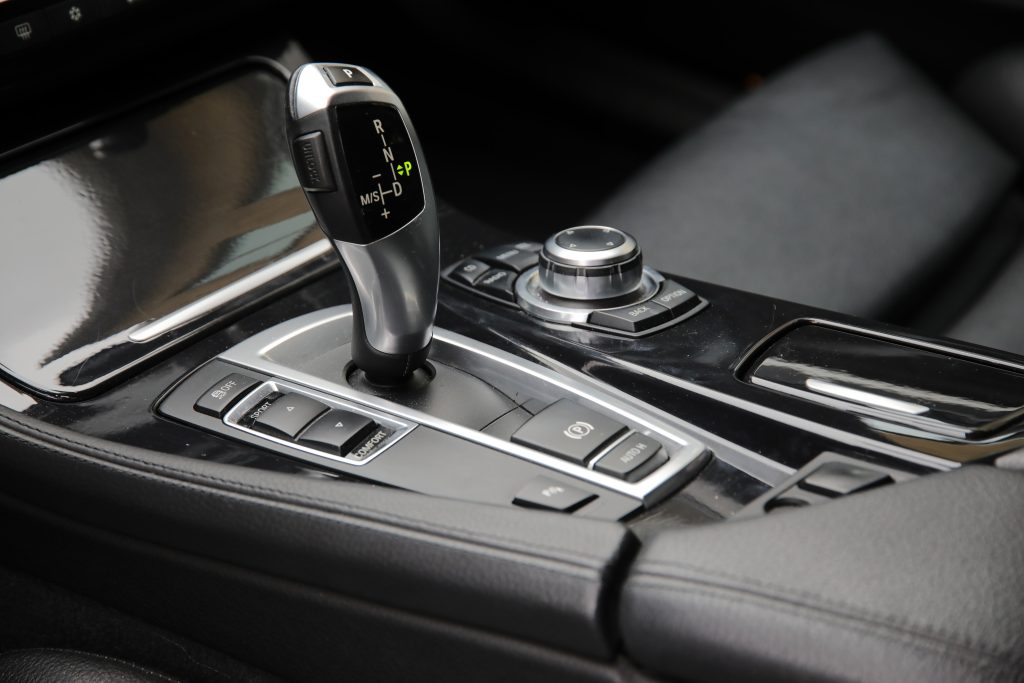
In contrast to manual transmissions, automatic transmissions operate without requiring manual gear shifting. They automatically change gears depending on the vehicle’s speed, load, and other driving conditions.
This type of transmission offers a convenient and effortless driving experience, especially in heavy traffic or during long journeys. Due to their accessibility and convenience of use, automatic gearboxes have grown in popularity in recent years.
They utilize a more intricate system of components, including hydraulic systems, planetary gear sets, and torque converters, to automatically change gears based on driving conditions. Here’s a simplified explanation of how an automatic transmission works:
Torque Converter: Power is transferred smoothly thanks to the torque converter, which joins the engine and the transmission. It uses fluid dynamics to transmit power while providing torque multiplication for improved low-end performance.
Planetary Gear Sets: Planetary gear sets are used in automatic transmissions to provide a variety of gear ratios by combining them. Ring gear, planet gear, and sun gear are included in these gear sets. The transmission changes the gear ratio to meet the vehicle’s speed and load by managing how these gears are engaged.
Hydraulic System: An automatic transmission utilizes a hydraulic system to control the shifting of gears. It relies on pressurized transmission fluid to activate various components, such as clutches and bands, which engage and disengage the gears.
Valve Body: The valve body acts as the control center of the transmission, directing the flow of transmission fluid to the appropriate components based on signals from sensors and the driver’s input. It plays a crucial role in determining the timing and smoothness of gear shifts.
By integrating these components, an automatic transmission automatically provides smooth acceleration without requiring manual intervention from the driver.
Purchase your automatic car from SBT Japan.
Continuously Variable Transmissions
Continuously Variable Transmissions (CVTs) are a type of automatic transmission that provides seamless acceleration and improved fuel efficiency. CVTs do not have set gears, in contrast to conventional automatic gearboxes.
Instead, they use a set of pulleys and belts to make an endless variety of gear ratios, which enables the engine to run at its best. CVTs are common in modern sedans, hatchbacks, and hybrid vehicles.
Dual-Clutch Transmissions
The effectiveness of manual transmissions and the practicality of automatic transmissions come together in dual-clutch transmissions (DCTs). They feature two separate clutches allowing quick and seamless gear changes, resulting in smoother acceleration and improved fuel efficiency. DCTs are a staple of high-performance sports cars and certain luxury vehicles, providing drivers with lightning-fast gear shifts and improving the overall driving dynamics.
How to Maintain the Car Transmission
Regular maintenance is essential to ensure maximum performance and longevity regardless of the types of Gearboxes in a Car. Following are some ways to maintain the car’s transmission for optimal performance.
Regularly Check and Change Transmission Fluid
Transmission fluid plays a vital role in lubricating the transmission’s internal components, thus reducing friction and dissipating heat. However, over time, the fluid may heat up, become polluted with particles, and lose its potency. Therefore, it is crucial to consistently monitor the quality and level of the transmission fluid, and to replace it according to the manufacturer’s instructions.
Fluid Level Check: Find the dipstick for the gearbox fluid, which is easy to identify and is close to the engine. Put the dipstick in, take it out, and look at the fluid level while the engine is running and the transmission is warming up. Verify that the fluid level is in the acceptable range by observing the dipstick.
Fluid Quality Check: While checking the fluid level, also pay attention to the fluid’s color and odor. Healthy transmission fluid is typically red or pinkish and has a slightly sweet odor. If the fluid appears dark, brownish or has a burnt smell, it may indicate contamination or degradation, requiring a fluid change.
Fluid Change: Observe the manufacturer’s instructions for how often to change the gearbox fluid. Fluids require a change every 30,000 to 60,000 miles or every 2 to 4 years. To find the right schedule for your particular automobile, consult the owner’s handbook or get expert guidance.
Read more about Automatic Car Vs Manual
Perform Regular Transmission Inspections
In addition to monitoring the transmission fluid, regular inspections can help detect any signs of potential issues early on. To avoid problems, perform the following inspections:
Visual Inspection: Regularly inspect the transmission for any signs of leaks, such as fluid puddles or stains on the ground underneath the vehicle. Leaks can indicate worn-out seals or gaskets, and you should address them promptly.
Listen for Unusual Noises: Pay attention to any unusual noises coming from the transmission, such as grinding, whining, or clunking sounds. These noises can indicate internal problems and require investigation by a professional to prevent further damage.
Monitor for Vibrations or Slipping: If you experience vibrations or a sensation of slipping or hesitation during gear shifts, it may indicate transmission-related issues. Promptly address these symptoms to prevent potential transmission failure.
Avoid Excessive Heat and Overloading
Excessive heat can significantly impact the lifespan of a car transmission. To maintain a healthy transmission, follow these guidelines:
Avoid Overheating: Prevent the transmission from overheating by ensuring the cooling system is in good condition. Regularly check and maintain the radiator, cooling fans, and coolant levels.
Towing and Heavy Loads: If you’re towing a trailer or carrying heavy loads, it’s important to be mindful of the vehicle’s maximum towing capacity. Additionally, a transmission under excessive load may experience more strain, early wear, or failure. To find the suggested limitations, you can refer to the owner’s handbook or alternatively, get in touch with the manufacturer.
Conclusion
Car transmission is a crucial aspect of a vehicle. It plays a key role in conveying power from the engine to the wheels. Whether it’s a manual transmission, automatic transmission, CVT, or DCT, each type offers unique advantages and characteristics.
Therefore, for a smooth and enjoyable driving experience, it is essential to pay attention to the transmission in a car and provide it with the necessary care and maintenance. By doing this, drivers may increase the overall dependability and efficiency of their vehicles by ensuring the long life and maximum performance of the transmission.






